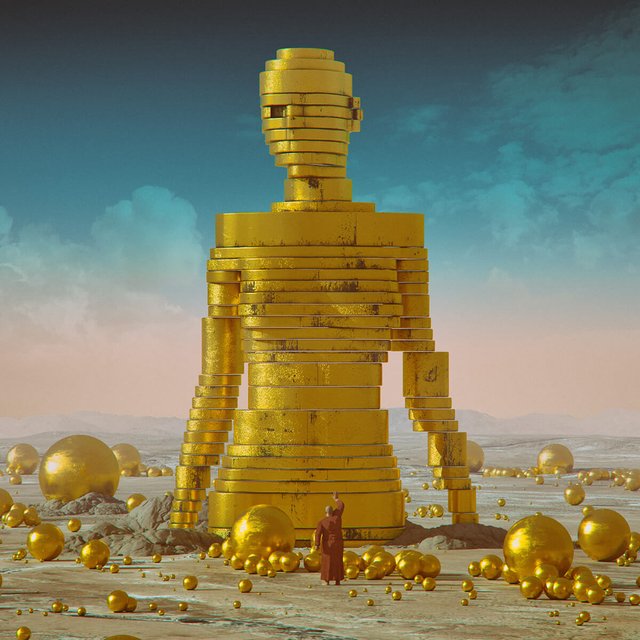We are creating an intelligence that is external to humans and housed in the virtual economy. This is bringing us into a new economic era—a distributive one—where different rules apply.
How did we get to where we are now? About every 20 years or so the digital revolution morphs and brings us something qualitatively different. Each morphing issues from a set of particular new technologies, and each causes characteristic changes in the economy.
The first morphing, in the 1970s and ’80s, brought us integrated circuits—tiny processors and memory on microchips that miniaturized and greatly speeded calculation. Engineers could use computer-aided design programs, managers could track inventories in real time, and geologists could discern strata and calculate the chance of oil. The economy for the first time had serious computational assistance. Modern fast personal computation had arrived.
The second morphing, in the 1990s and 2000s, brought us the connection of digital processes. Computers got linked together into local and global networks via telephonic or fiber-optic or satellite transmission. The Internet became a commercial entity, web services emerged, and the cloud provided shared computing resources. Everything suddenly was in conversation with everything else.
It’s here that the virtual economy of interconnected machines, software, and processes emerges, where physical actions now could be executed digitally. And it’s also here that the age-old importance of geographical locality fades. An architecture firm in Seattle could concern itself with the overall design of a new high-rise and have less expensive workers in Budapest take care of the detailing, in an interactive way. Retailers in the United States could monitor manufacturers in China and track suppliers in real time. Offshoring took off, production concentrated where it was cheapest—Mexico, Ireland, China—and previously thriving home local economies began to wither. Modern globalization had arrived and it was very much the result of connecting computers.
The third morphing—the one we are in now—began roughly in the 2010s, and it has brought us something that at first looks insignificant: cheap and ubiquitous sensors. We have radar and lidar sensors, gyroscopic sensors, magnetic sensors, blood-chemistry sensors, pressure, temperature, flow, and moisture sensors, by the dozens and hundreds all meshed together into wireless networks to inform us of the presence of objects or chemicals, or of a system’s current status or position, or changes in its external conditions.

Hi! I am a robot. I just upvoted you! I found similar content that readers might be interested in:
https://www.mckinsey.com/business-functions/mckinsey-analytics/our-insights/where-is-technology-taking-the-economy
Downvoting a post can decrease pending rewards and make it less visible. Common reasons:
Submit
Are you low on Reputation, sk8rgirl?
You currently have only -3326544831!
For just 0.001 SBD you will get an upvote from our network.
We have the cheapest upvotes and are the only one with working encryption!
Get rid of your low reputation, and choose us!
cheapwhale
How? Transfer 0.001 SBD to @cheapwhale and write the link to the post you want to upvote in memo. That's it!
Downvoting a post can decrease pending rewards and make it less visible. Common reasons:
Submit